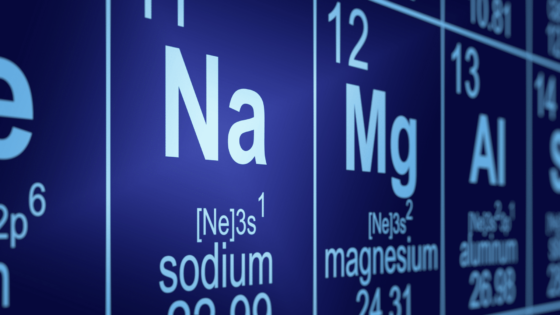
Sodium is an essential nutrient that helps regulate various body functions such as cellular metabolism, nerve impulse transmission, and fluid balance.
However, excessive sodium consumption has been linked to various health problems, such as high blood pressure, heart disease, and stroke. With the growing concern about the negative health impact of high-sodium diets, many people have started to wonder how sodium affects their exercise performance. In this article, we will discuss the effects of high sodium intake on exercising individuals and explore the recommended sodium intake levels before, during, and after workouts.
Sodium Intake Pre-Workout
Before exercising, it is essential to have a balanced meal that contains all the necessary nutrients, including sodium. However, consuming too much salt before exercise can increase the risk of dehydration, muscle cramps, and nausea. Therefore, it’s crucial to limit sodium intake to 500mg to 1,000mg before working out, depending on individual needs.
Sodium Intake During Exercise
During exercise, your body loses water and sodium through sweat. If you exercise for more than an hour, it’s essential to replenish your fluid and electrolyte levels to prevent dehydration, muscle cramps, and fatigue. You can consume sodium through sports drinks or foods that are high in sodium, such as pretzels, crackers, and pickles. The recommended sodium intake during exercise is 500mg to 1,000mg per hour of training.
Sodium Intake Post-Workout
After exercising, your body may continue to lose sodium and fluids through sweat, urine, and respiration. Therefore, it’s essential to replenish your sodium levels through foods or drinks that contain sodium to restore your electrolyte balance. The recommended sodium intake after exercise is 1,000mg to 2,000mg, depending on your body weight and training intensity.
Risks of High Sodium Consumption
High sodium intake can lead to health problems, such as high blood pressure, heart disease, stroke, and kidney disease. Excess consumption of sodium can cause water retention, which can lead to bloating, weight gain, and swelling in the extremities. To avoid these risks, it’s crucial to limit your daily sodium intake to 2,300mg or less, according to the American Heart Association.
Balancing Sodium Intake and Exercise
To balance your sodium intake and exercise, it’s essential to stay hydrated, choose low-sodium foods and drinks, and pay attention to your body’s signals. If you experience symptoms such as muscle cramps, fatigue, and headaches, it may indicate that you need to increase your sodium intake. On the other hand, if you experience excessive thirst, dizziness, or confusion, it may indicate that you have consumed too much sodium.
Conclusion:
Sodium is a vital nutrient that can affect your exercise performance and overall health. While adequate sodium intake is necessary for optimal bodily functions, high sodium intake can lead to health problems such as high blood pressure, heart disease, and stroke. Therefore, it’s crucial to balance your sodium intake with your exercise routine and opt for low-sodium options to maintain good health. By following the recommendations for sodium intake before, during, and after exercise, you can improve your workout performance and reduce the risk of health problems associated with high sodium consumption. For more helpful health articles, visit www.FamilyFirstUrgentCareConroe.com.
- Cultural Competency in Urgent Care: Providing Inclusive Patient Care - April 11, 2025
- Key Facts About Hormone Replacement Therapy and Women’s Wellness - March 24, 2025
- Urgent Care for the Elderly: Specialized Services for Senior Patients - March 24, 2025



